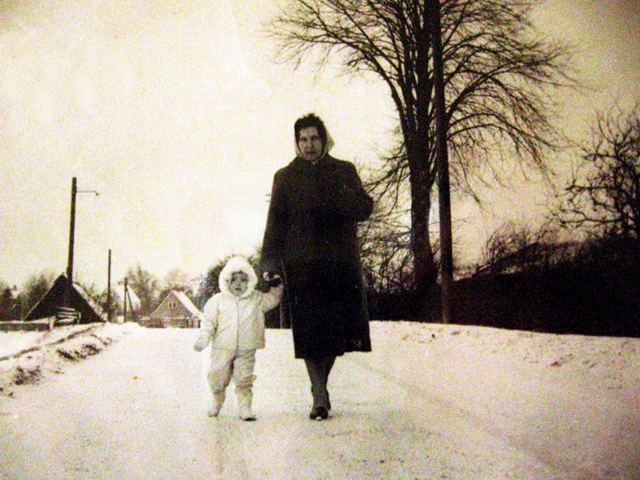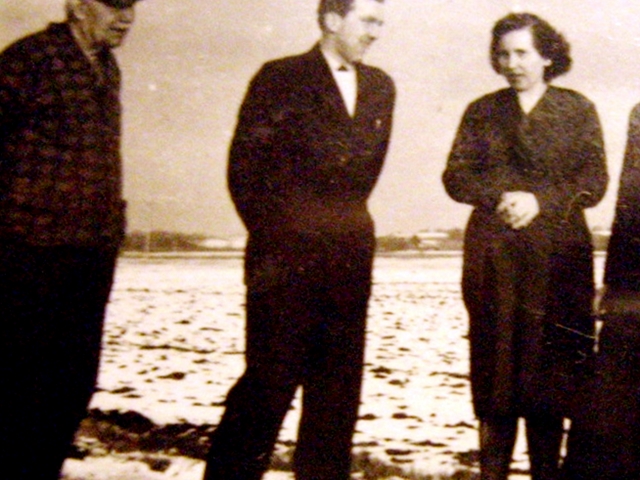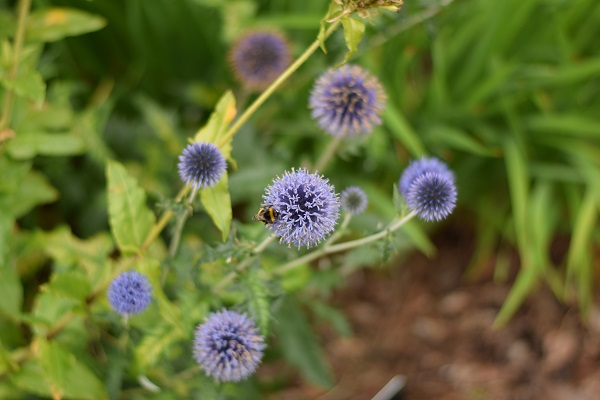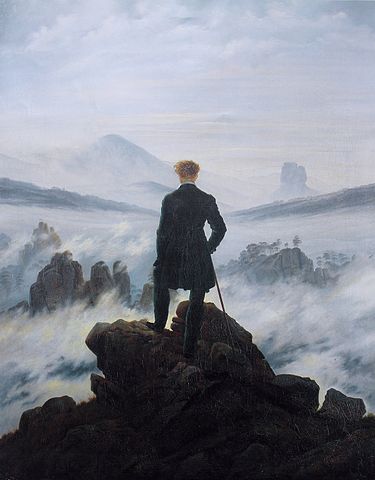It is autumn again, and I have my first cold of the season. I’m doing the usual things: drinking plenty of fluids, making sure I’m wrapped up warm, and feeling very sorry for myself. Then last night I read a Variety article about how more than 80 million Netflix subscribers watched their original rom-coms over the last few months. Variety’s article reminded me that I’m a big fan of comfort reads, comfort films, comfort food, and comfort knits — and that I am not alone.
I may have watched To All The Boys I’ve Loved Before four times on Netflix, and according to Variety TATBILB is not only one of the strongest performing original films on the platform, but it also gets repeated views. I have books I fall back on — AS Byatt’s Possession, Georgette Heyer’s Venetia and A Lady of Quality, and Caroline Courtenay’s Love Triumphant (a truly terrible book that’s been my comfort read since I was 12) - because I know the journey I’ll go through as a reader and that everything will turn out okay. I have periods of listening to comfort music on repeat: The One Direction song Love You Goodbye (but only this live version) is a frequent source of delight as I try to figure out why this 1990s rock ballad-throwback works so well for me — particularly as half the band appears to sleep-walk through it. And when I feel extra under the weather, I put on Ella Fitzgerald while I sip camomile tea in my jammies.
Making-wise, I also have comfort zones.
I have knitted my Karise shawl more times than I care to remember — it’s a pattern where the lace repeats are small but interesting, and I can upsize the shawl to fit the amount of yarn I have. Hap shawls are also great because there is so much garter stitch in them and the applied edge is usually just what my attention span can manage when I’m sniffly (ten rows of twelve stitches each? my brain is happy). This week has been all about colourwork for me, though. I’ve been designing some projects which work with small repeats and are quick to finish, so I’ve snuggled up with them on the sofa with a comfort film running in the background.
We shouldn’t forget yarns, either. I have a shortlist of yarns that I return to when I need to feel uplifted and happy. Most of them are rustic, sheepy, and full of memories of when I bought them. The best thing is really that once I’ve completed a comfort knit, I get to wear it. My most recent comfort knit was the Vinterskov pullover and I’ve worn it so much since I finished knitting it. The yellow colour is a comfort in itself, but it’s also warm and cuddly.
A lot of people talk about guilty pleasures, but I don’t understand why you should feel guilty about anything you enjoy (except, maybe, Love Triumphant which really has few redeeming qualities). I’m a big fan of leaning into what makes you feel happy and safe, as long as you don’t hurt other people in the process. Yes, Annihilation is a much better film than To All The Boys I’ve Loved Before — the conversations about its meaning run deeper, the cinematography is far more stunning, and the acting is superior — but I’ve not watched it more than once. Yes, Shearwater’s Jet Plane & Oxbow is a stunning, multi-layered album that makes my synapses weep with joy, but sometimes I just need a metaphorical swaying-with-a-lighter moment at my desk. Yes, I know that a super-food smoothie packed with oxidants would probably fight off my cold better, but that milky tea is just what I need.
Some news before I sign off to spend time with my hot-water bottle and a blanket: I’m away teaching most of the next month which means a lot of travel and little time with my inbox. Team Bookish is reshuffling and the Mighty Penny is leaving us at the end of next week. I’m already dealing with a massive email backlog, so please take time to read my FAQs if you have any questions and also seek out help via Ravelry, if you can. In the meanwhile, here are four upcoming appearances/workshops:
October 20: The Freehold Yarn Co, Lancaster: Knitting Selbu Mittens
November 2: Yarnporium, London: Colour & Pattern: Designing Signature Colourwork
November 2: Yarnporium, London: Knitting the Landscape
November 3: Yarnporium, London: Your Pattern in Print - a panel talk with Kate Atherley and Kate Heppell
I’ll be updating the workshop pages as soon as possible (i.e. when I stop coughing my lungs out). Take care, drink plenty of fluids, and tell me about your comforts.














 The second post in an accidental series on working with your creativity. Thank you for your feedback!
The second post in an accidental series on working with your creativity. Thank you for your feedback! 
